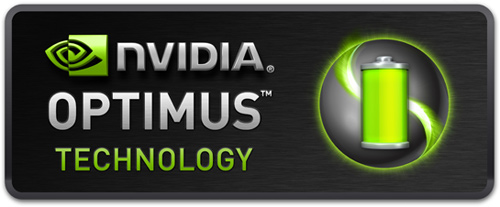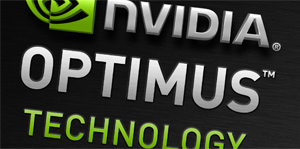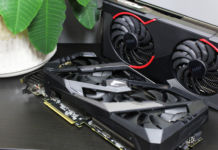Conclusion
That Optimus works was pretty obvious during the demonstration in Stockholm by Benjamin Berraondo from NVIDIA. If we simply put the demonstration aside the technology as a whole is great leap in usability and performance. That NVIDIA specifies the battery time to the same as integrated solutions, even during heavy load, is perhaps a bit optimistic (pardon the pun). The battery time will be significantly better with an Optimus notebook than a regular one with the same graphics circuit, but requires manual switching between profiles, at least if you’re going to aim for performance.
Optimus based notebooks are already available. NVIDIA is counting on around 50 before the summer, whereof the first are already completed and heading to stores. If you’re looking for a notebook with both IGP and discrete GPU it might be worth to look for the Optimus logo in the future.

Editor’s thoughts on NVIDIA Optimus:
When Nvidia contacted us for a demonstration of its new graphics circuit technology Optimus back in January we didn’t know that much about, other than that it was a technology developed for notebooks. When discussing it with Ulf and Jonas a few days before Nvidia’s presentation of the technology we quickly agreed that Optimus had to be some form of technology where Nvidia had managed to get its own discrete circuits to cooperate with the new processors that nowadays have graphics inside.
Unfortunately I (Anton) couldn’t make it to the presentation of Optimus. But with result at hand we can only conclude that it was about time someone came up with an efficient way of switching between GPUs in notebooks. Nvidia should be praised for being the first to demonstrate an efficient and working solution but at the same time we are a bit surprised that it took this long to get the ball rolling
Efficiency is the future and in the mobile sector it’s all about performance when needed, while the battery time shouldn’t be affected to any significant degree. Personally I’d like to see the technology in our desktop computers as well as notebooks. Not even discrete graphics cards are running 24/7 and chewing pixels. Most are just browsing or chatting for several hours a day and then it could minimize power consumption and noise by disconnecting the external graphics card.
NVIDIA did the right thing to go with notebooks first, but now we hope AMD will follow. Especially since it is working on its first CPU with a GPU inside.
Right now it’s NVIDIA leading the pack and the company’s venture for mobile platforms with Tegra, Ion and Optimus will be exciting to follow.
























Leave a Reply